A recent study by Erasmu et al. (2024) titled “Mookodi: multi-purpose low-resolution spectrograph and multi-filter photometric imager for rapid follow-up observations of astronomical transient events” published in Journal of Astronomical Telescopes, Instruments, and Systems, by spiedigitallibrary examines that Mookodi is a versatile instrument with a low-resolution spectrograph and multi-filter imaging mode, designed for rapid follow-up observations of astronomical transient events.
“
Mookodi is a versatile, dual-function instrument enabling rapid, automated follow-up observations of astronomical transient events, significantly advancing celestial research. – Erasmu et al., 2024
The study delves into Mookodi, an innovative multi-purpose instrument crafted for the rapid follow-up of astronomical transient events. This versatile tool functions as both a low-resolution spectrograph and a multi-filter photometric imager. It is mounted on the 1-meter Lesedi telescope at the South African Astronomical Observatory (SAAO). One of Mookodi’s key features is its ability to swiftly alternate between spectrograph and imaging modes, making it particularly suited for rapid-response observations. This agility allows astronomers to quickly capture critical data on fleeting celestial phenomena such as supernovae and near-Earth asteroids. Mookodi is a crucial component of the SAAO’s Intelligent Observatory project, which aims to enhance the observatory’s capabilities through automation and robotics. This integration not only boosts the efficiency of data collection but also ensures that the observatory can promptly respond to transient events, significantly advancing our understanding of dynamic astronomical occurrences. By enabling quick-reaction observations, Mookodi supports a wide array of scientific research, including the study of the life cycles of stars, the dynamics of asteroid movements, and the immediate aftermath of explosive cosmic events. The instrument’s dual functionality and rapid switching capability represent a significant technological advancement, facilitating more comprehensive and timely astronomical investigations.
How the study was conducted
Mookodi, mounted on the 1-m Lesedi telescope at the South African Astronomical Observatory, is a multipurpose instrument. It has a low-resolution spectrograph mode (similar to the SPRAT instrument) and a multi-filter imaging mode. Testing and calibrating its performance were crucial. Astronomers conducted observations using Mookodi, targeting transient events like supernovae and near-Earth asteroids. The collected data underwent reduction using pipelines (ASPIRED for spectroscopy and TEA-Phot for photometry). Researchers analyzed the resulting spectra and light curves. Mookodi’s integration into the South African Astronomical Observatory’s Intelligent Observatory project involved software development, automation, and remote-control capabilities.
What the authors found
The authors found that Mookodi is a versatile instrument with a low-resolution spectrograph and multi-filter imaging mode, designed for rapid follow-up observations of astronomical transient events. The study also posits that the instrument has a resolution of R ≈ 350 and operates in the visible wavelength range (4000 to 8000 Å). It can switch between spectrograph and imaging modes quickly. In addition. Mookodi is integrated into the South African Astronomical Observatory’s Intelligent Observatory project, enabling automated and rapid-response observations, and the instrument is effective for quick-reaction observations, such as following up on newly discovered near-Earth asteroids and supernovae.
Why is this important?
Astronomical Observations: Mookodi enables rapid follow-up observations of transient events, such as supernovae and near-Earth asteroids. Its ability to switch between spectrograph and imaging modes quickly allows astronomers to capture critical data during these events.
Automated Observations: Integration into the South African Astronomical Observatory’s Intelligent Observatory project means Mookodi can operate autonomously. This automation streamlines data collection and response times, enhancing our understanding of celestial phenomena.
Scientific Advancements: By providing a versatile instrument for transient event follow-up, Mookodi contributes to our knowledge of the universe. It aids in characterizing these events, studying their properties, and refining our models of cosmic processes.
In conclusion, the Mookodi instrument, with its dual functionality as a low-resolution spectrograph and multi-filter photometric imager, represents a significant advancement in astronomical research. Mounted on the 1-meter Lesedi telescope at the South African Astronomical Observatory, Mookodi’s rapid switching capabilities and integration into the Intelligent Observatory project enable swift, automated responses to transient celestial events. This technological innovation not only enhances the efficiency of data collection but also broadens our understanding of dynamic astronomical phenomena, paving the way for groundbreaking discoveries in the field.



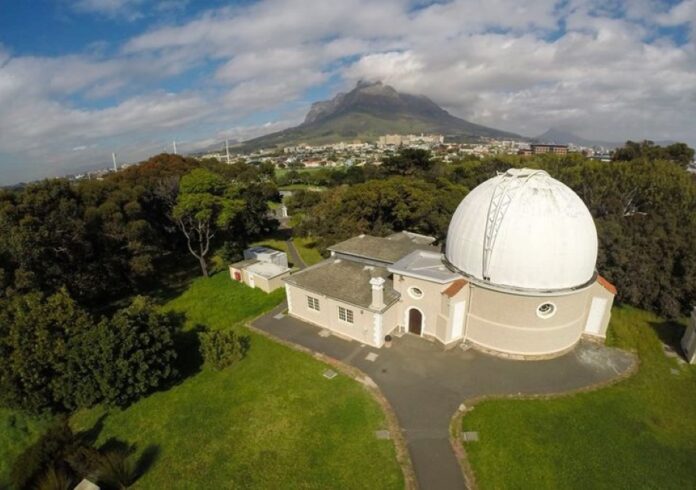



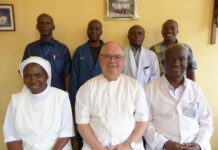
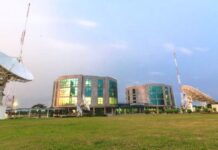
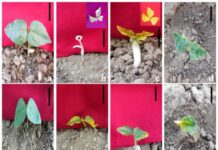


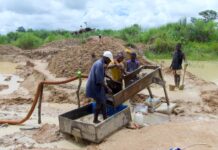



 The African Research (AR) Index is a comprehensive scholarly directory and database focused explicitly on journal publishers that publish and disseminate African research.
The African Research (AR) Index is a comprehensive scholarly directory and database focused explicitly on journal publishers that publish and disseminate African research.

